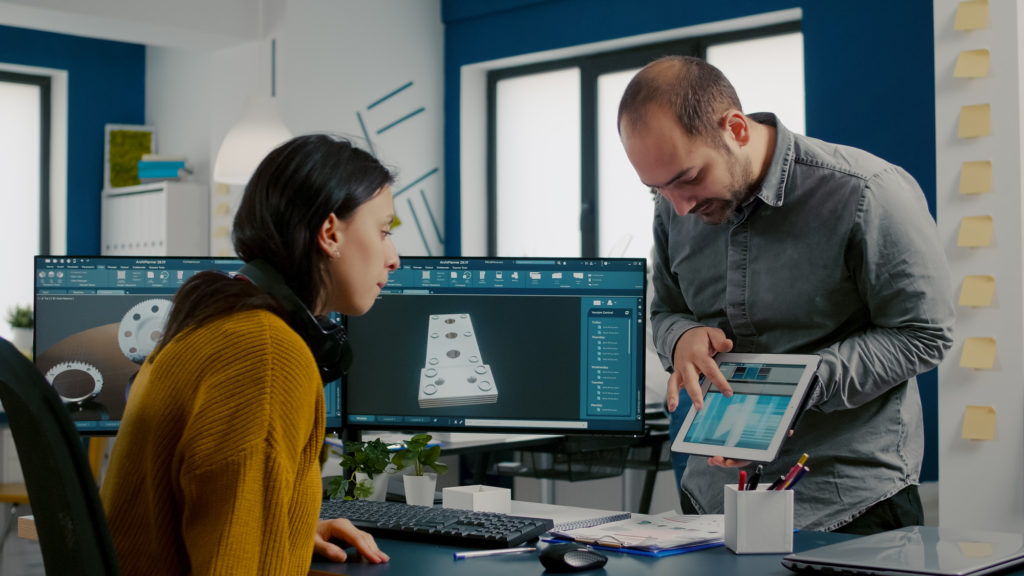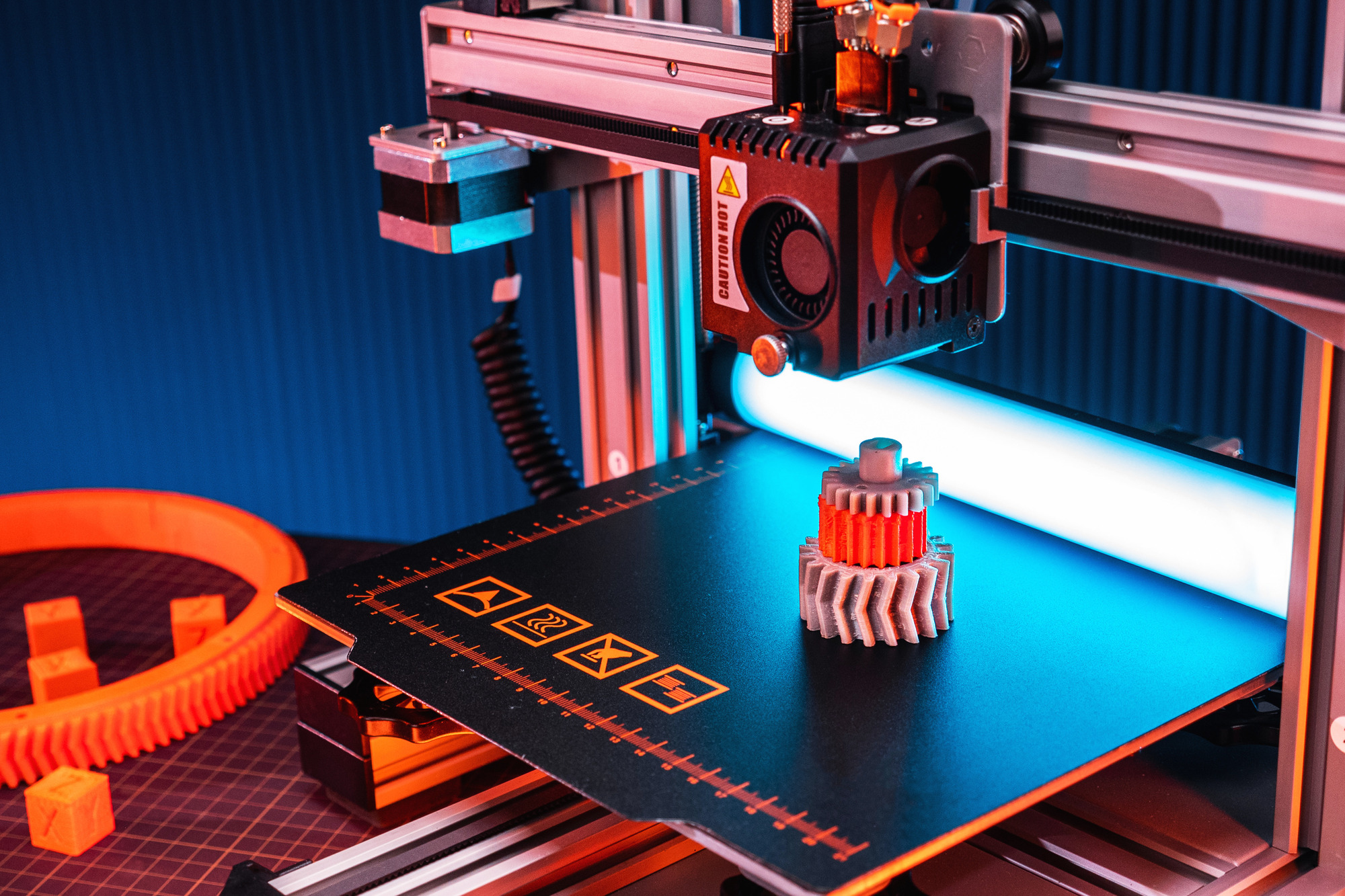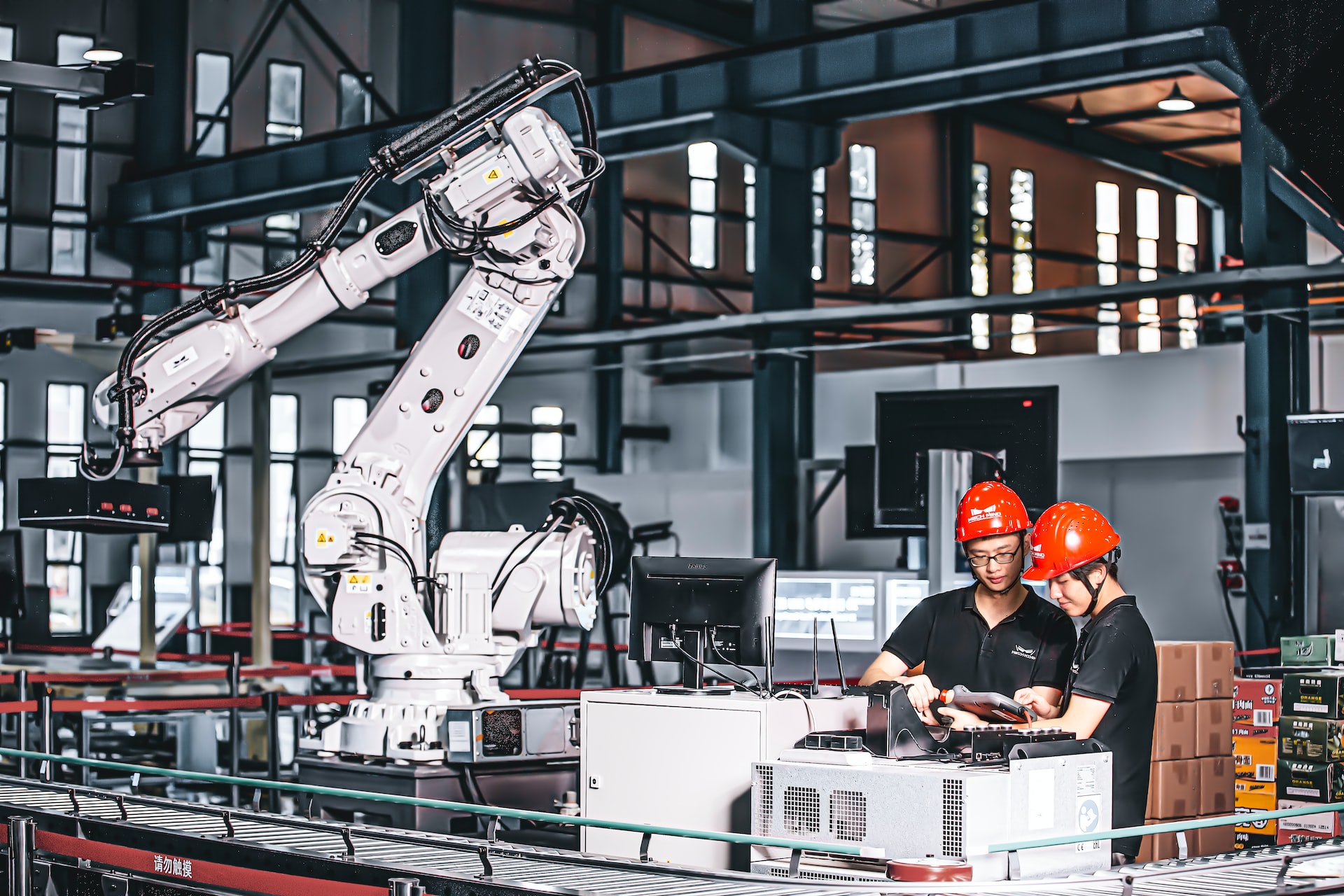Innovations are necessary for a company’s new products and services to evolve and meet the ever-increasing customer demand. Innovators who can see their creative ideas and thought processes in action won’t leave out any detail that will improve the quality and functionality of their designs.
When they take their designs to a manufacturing company for an SLS 3D printing quote, they are one step closer to testing their prototype in an authentic environment and correcting overlooked problems or making changes to the design before final manufacturing or mass production.
Producing a high-quality and functional prototype has many more advantages, so considering the guide below should be part of this process for any innovator looking for success.
1. Transforming the idea into an actual product
Any idea starts with a thought translated to paper, either in notes, drawings, or both. It could be challenging for the innovator to translate the representation in their head into a 2D picture on paper while making it easy for others to understand. Hence, they make use of prototypes to help others see their vision.
With a compound growth rate of around 17% annually, Statista explains that new materials and applications for these 3D printing concepts continue to develop rapidly. It could thus indicate that this type of prototype development is becoming more critical each year.
A high-quality, functional prototype will allow others to hold, view, and experience the value a product could have for them or their company, meaning they are more likely to buy into the idea. For a company with a new design that their investors like, it could translate into more sales and an improvement of their bottom line, making it an excellent return on their investment.

2. Defining the project requirements and materials
Before handing over the blueprint for the project to the 3D printing company, designers must ensure they add all the specifics, like measurements, to their drawings or notes. Without the specifics, the 3D model may be out of proportion or dysfunctional, which defeats the purpose of creating it in the first place.
Discussing the various applications for 3D printing, as noted by Business News Daily, and other options with the printing company should leave everyone on the same page regarding the requirements and materials needed to create the prototype so that it most closely resembles the designer’s idea.
3. Creating the first mockup and its functionality
The first model of a prototype allows designers to see where they can improve their designs and where they may lack functionality. As soon as they have the product replica in hand, the designers could notice areas of development they neglected to add initially or a way they can add even more value.
Viewing the product and how it could fit into the company’s mission and vision for new items could give everyone involved a realistic idea of how they can incorporate the product into their business for customers.
4. Considering limitations and making improvements
Once the designers and investors are happy with the final design and have ironed out all flaws, they can start considering the limitations and implications the manufacturing of the new product will entail.
Some of these considerations may include the following:
- Setting up a workable budget that provides funds for unforeseen circumstances like production delays
- Specific production costs, which could include setup, molding, labor, or assembly fixtures
- Post-production costs, for example, certification, patenting, and other legal considerations
If the team realizes there are limitations they need to overcome, they can make the necessary improvements to the project plan before starting the final production. Furthermore, according to Science Direct, 3D printing technology works best in this environment where rapid changes are needed for the product’s success.
5. Doing final testing before mass production
The final step in the prototype-making process would be to manufacture a prototype with production-grade material that will accurately simulate the function, resistance to chemicals, thermal thresholds, and other functionalities that indicate how the final product will perform.
Usually, manufacturers will use two types of prototype testing to ensure that the product has no foreseeable flaws:
- Limit testing: Checks during this testing phase will specify the limits of the product to determine the guidelines for safe use that companies can recommend to their customers for these products.
- Stress testing: Prolonged exposure or use could degrade some materials, or parts could wear away from overuse. During this phase, the product is tested to see how long it will remain functional.
These functional, realistic representations of the final product will showcase their aesthetic properties and function and indicate the project’s scalability. Products that pass these strenuous testing phases will be ready for the market, and companies can send the designs to manufacturers for mass production.
Final thoughts
Prototyping allows designers to see their works of art come alive and investors to view these masterpieces in action. Not only does it offer companies an accurate representation of a product, but it also gives manufacturers the opportunity to familiarize themselves with a new item. In the end, companies can adequately test their designers’ ideas and quickly add a high-quality, functional product to the market with the help of these prototypes.













